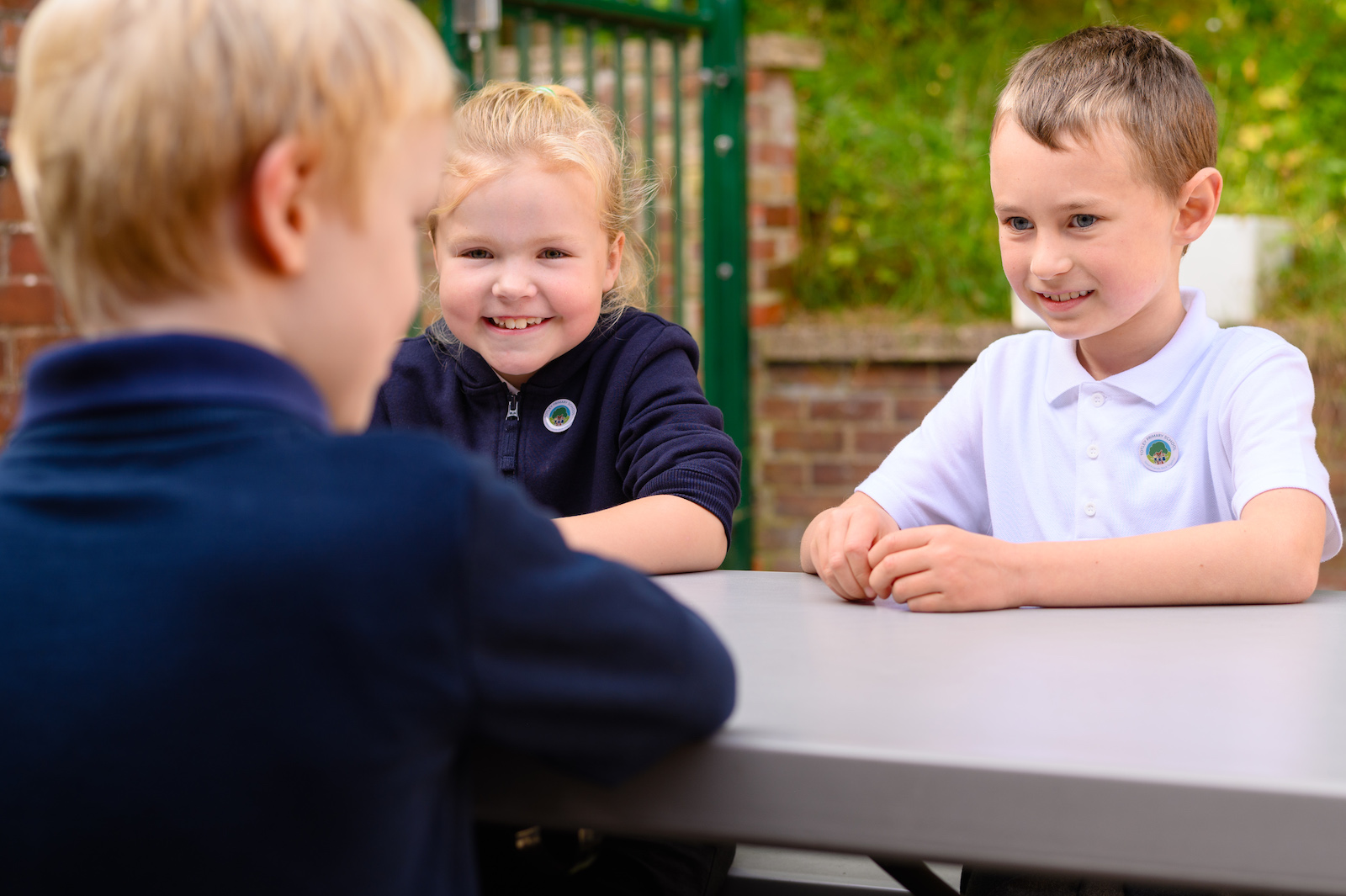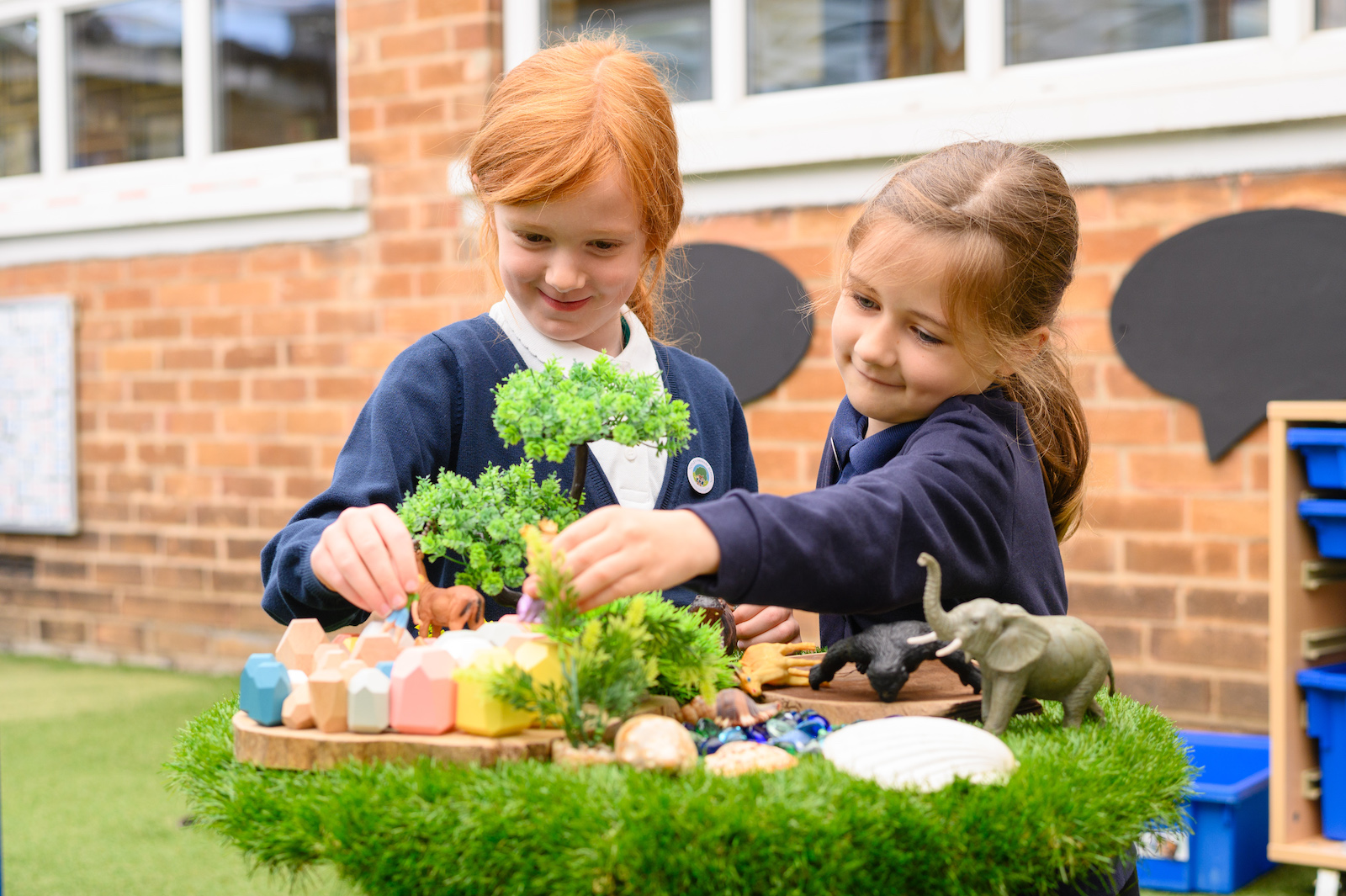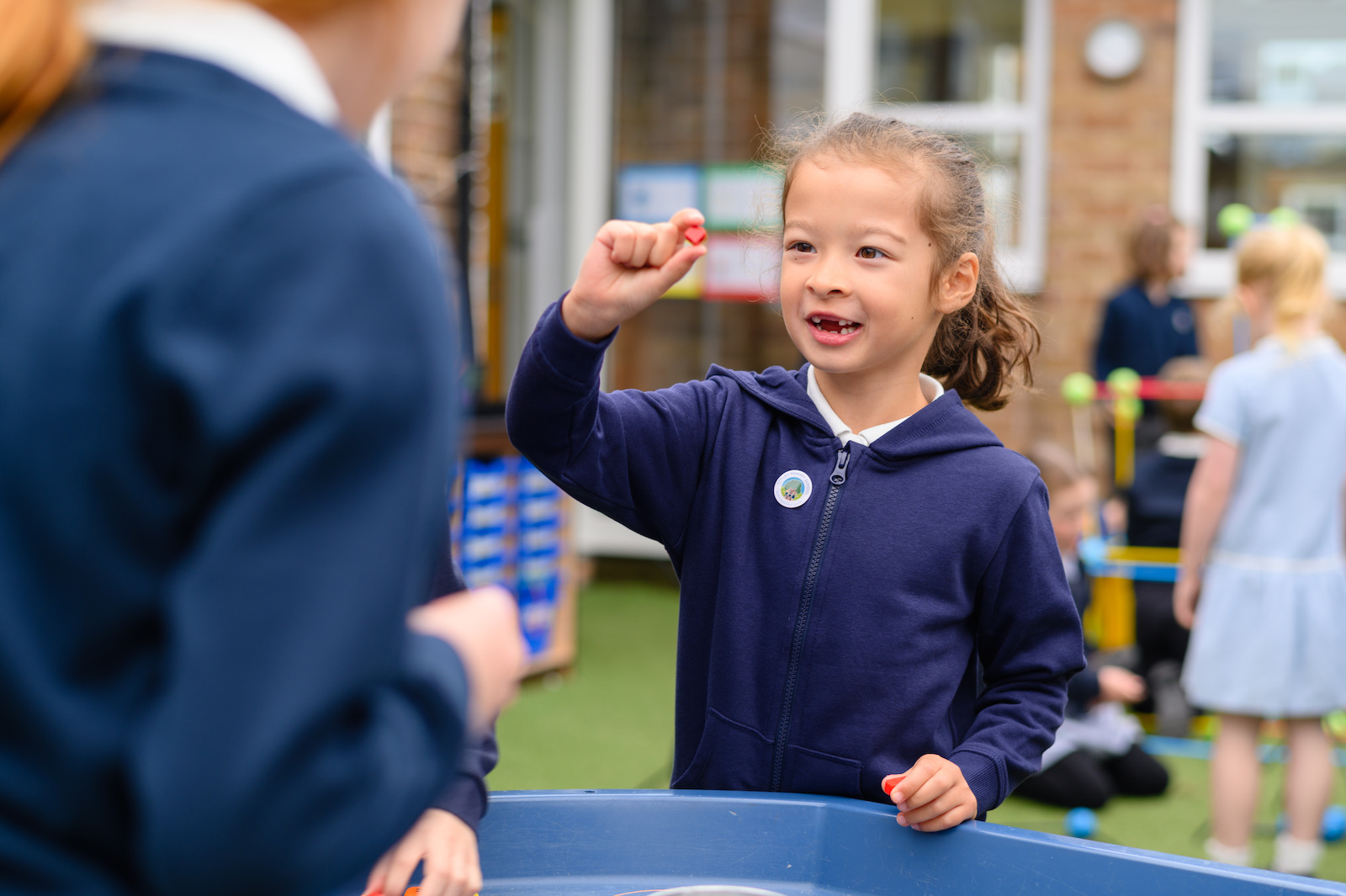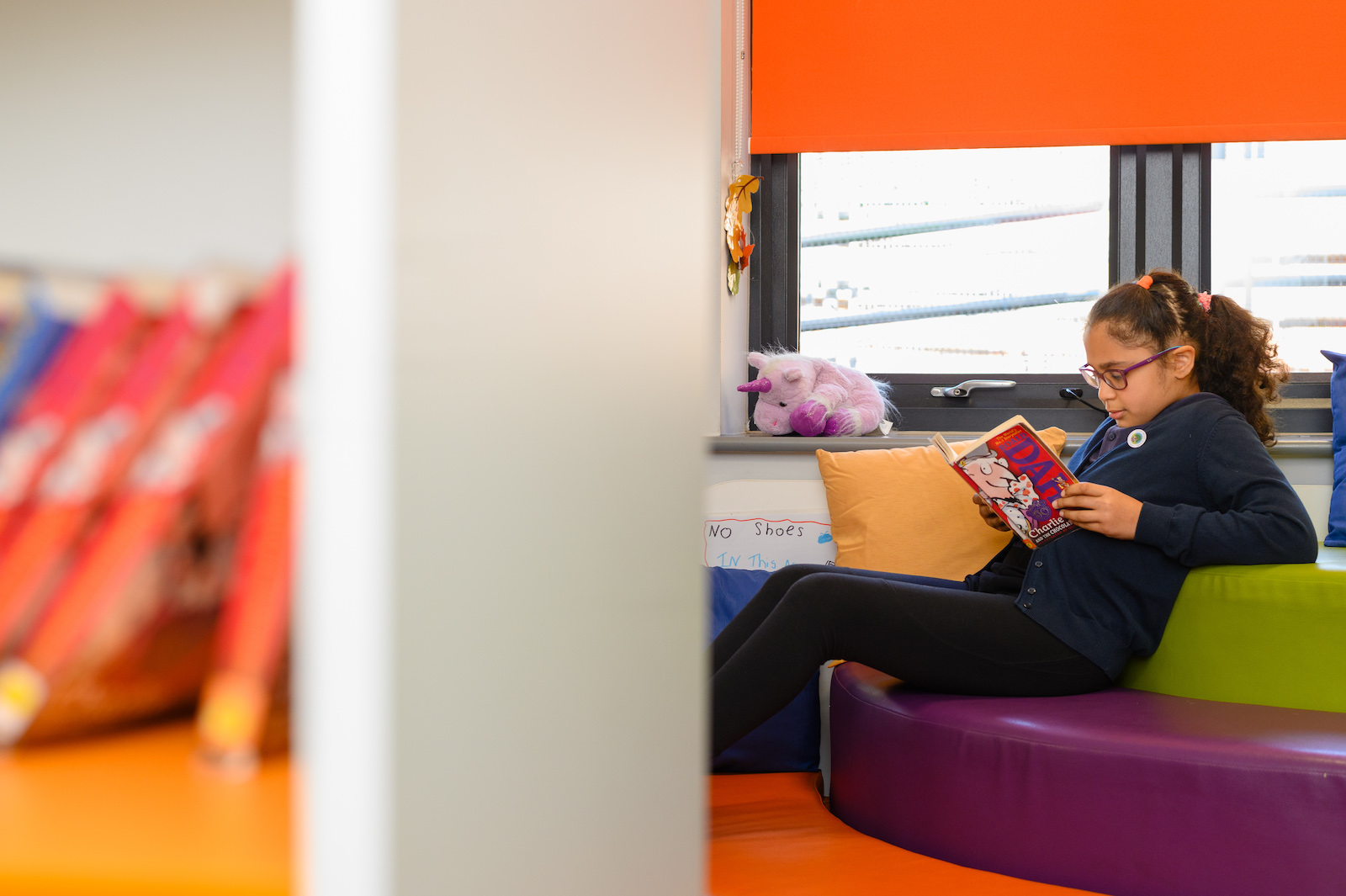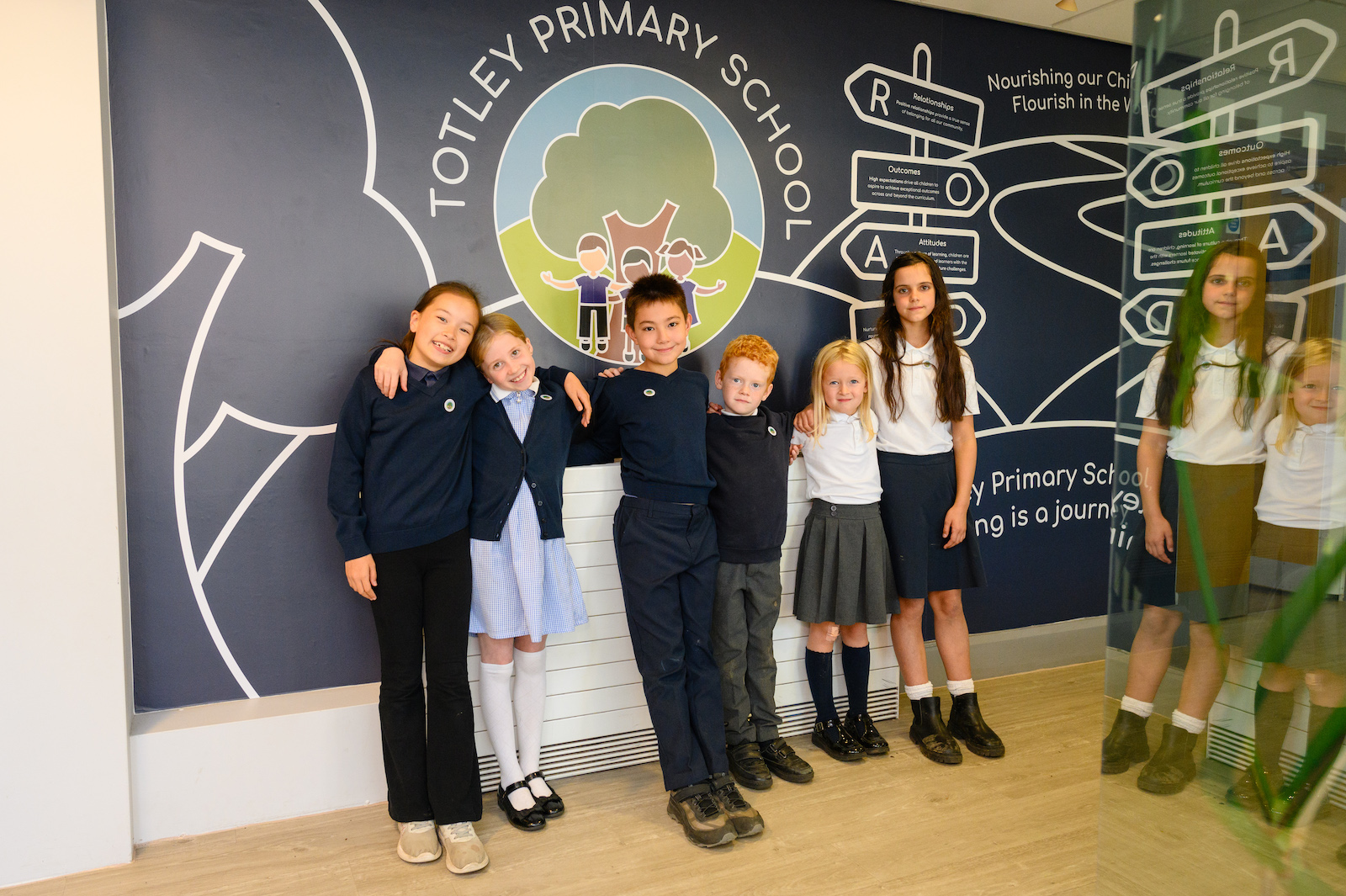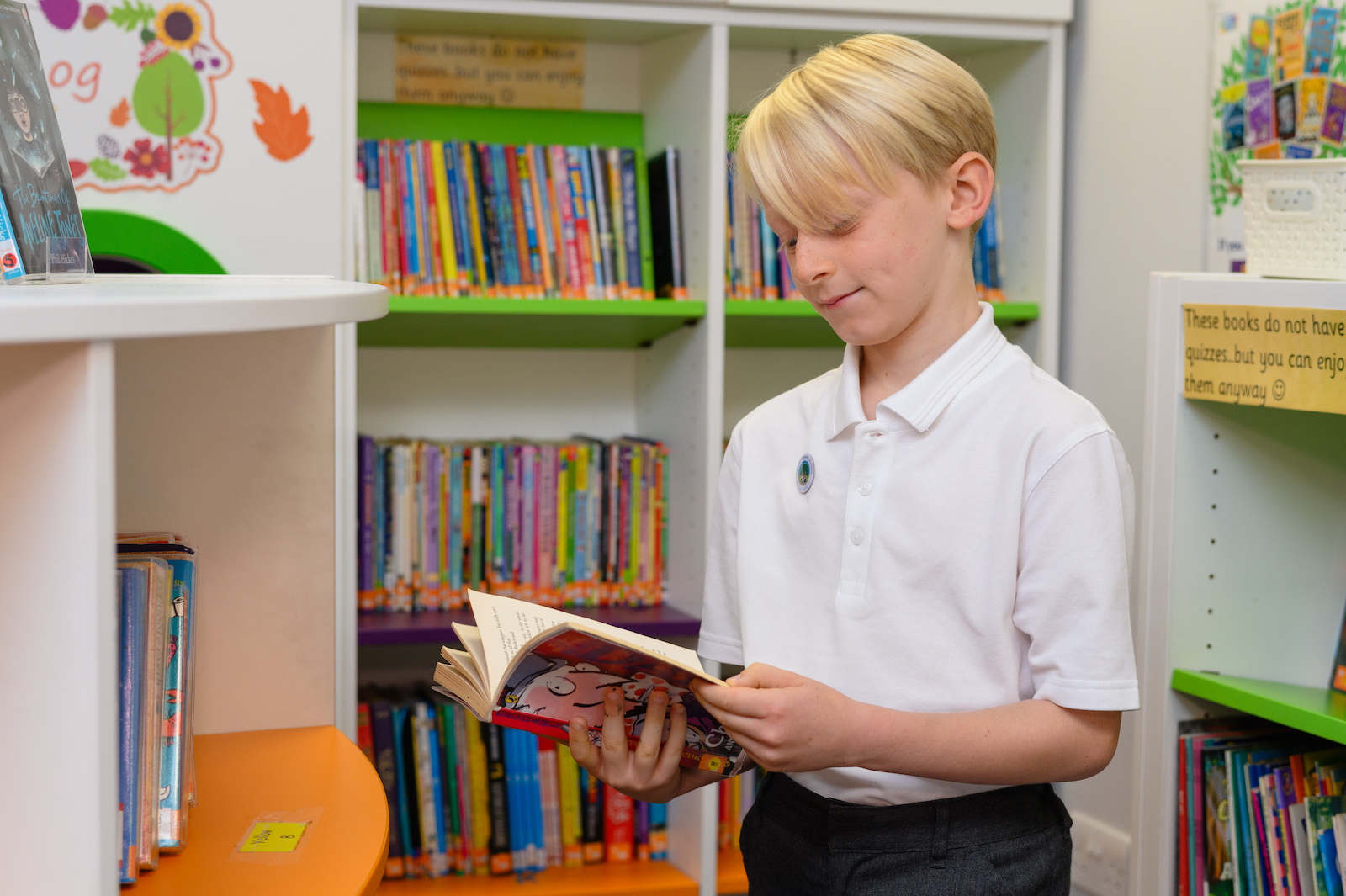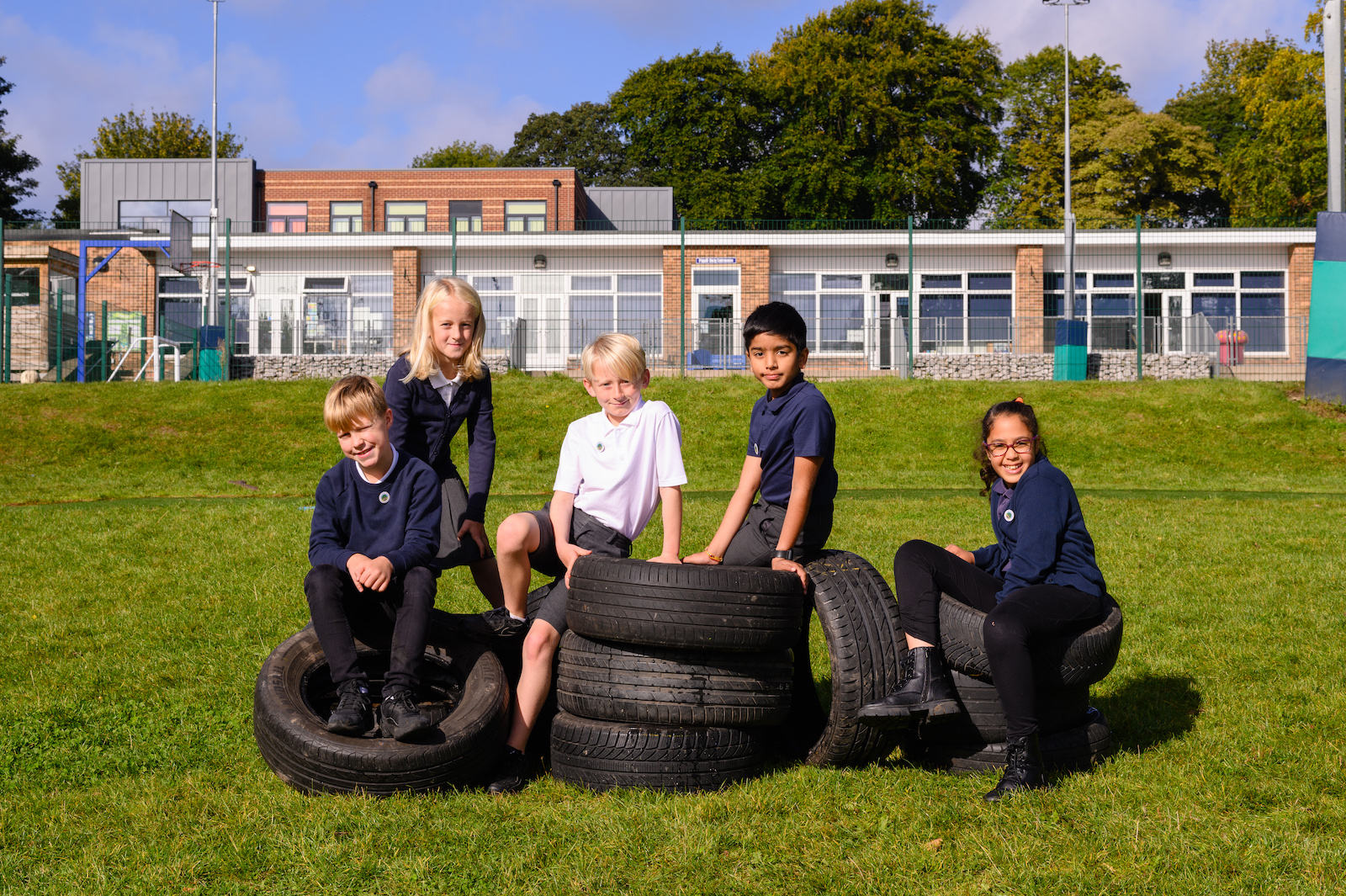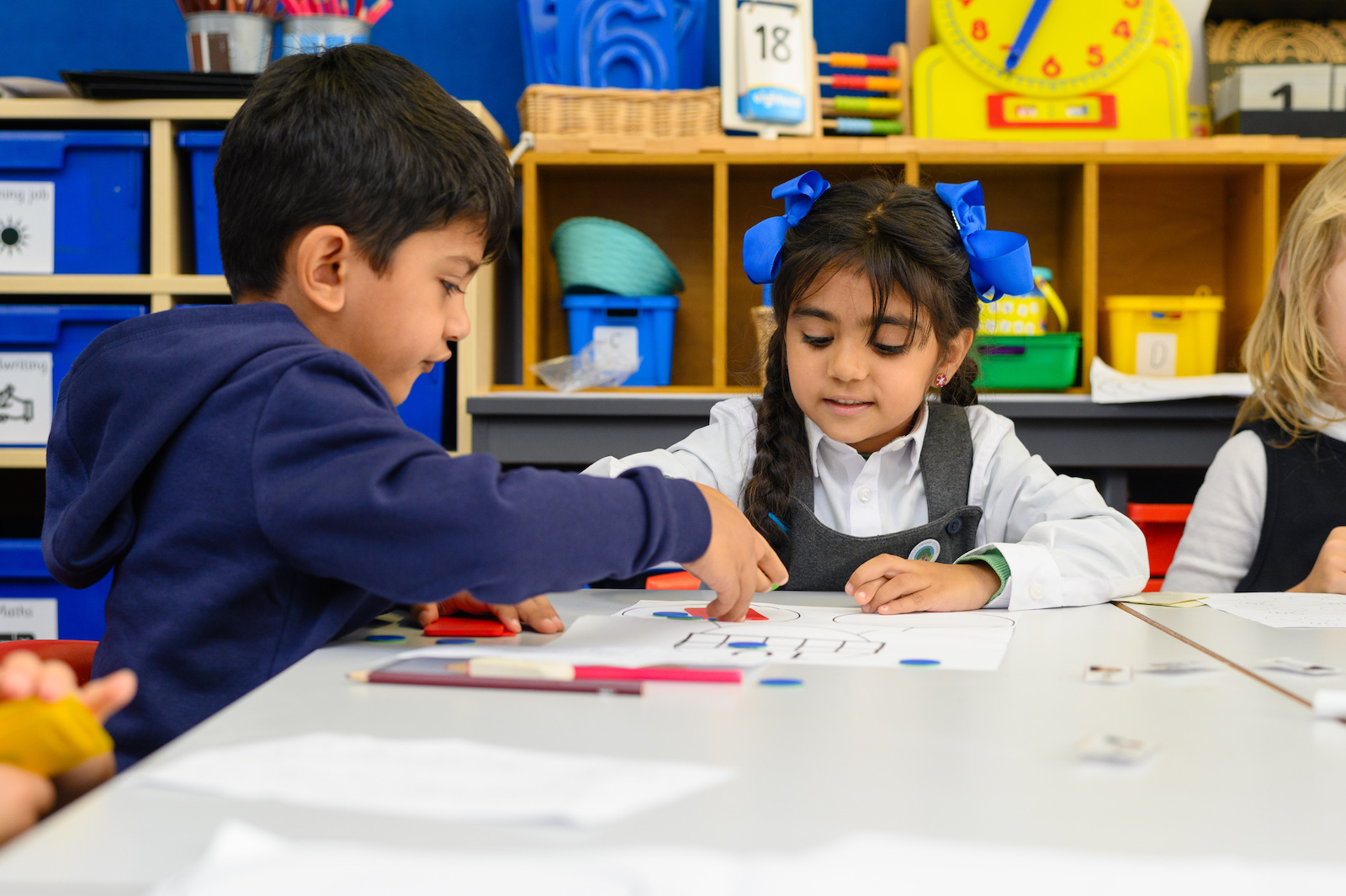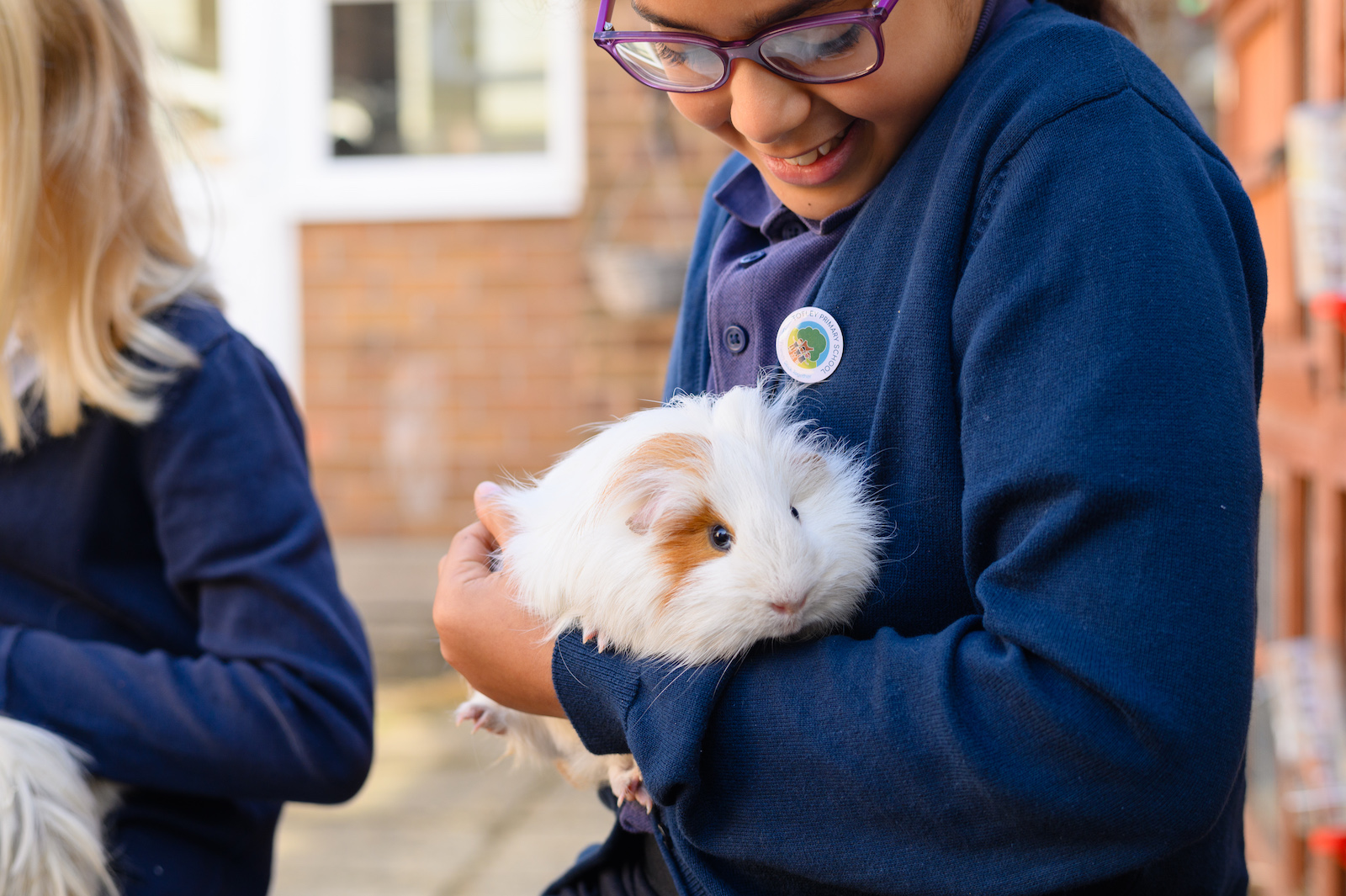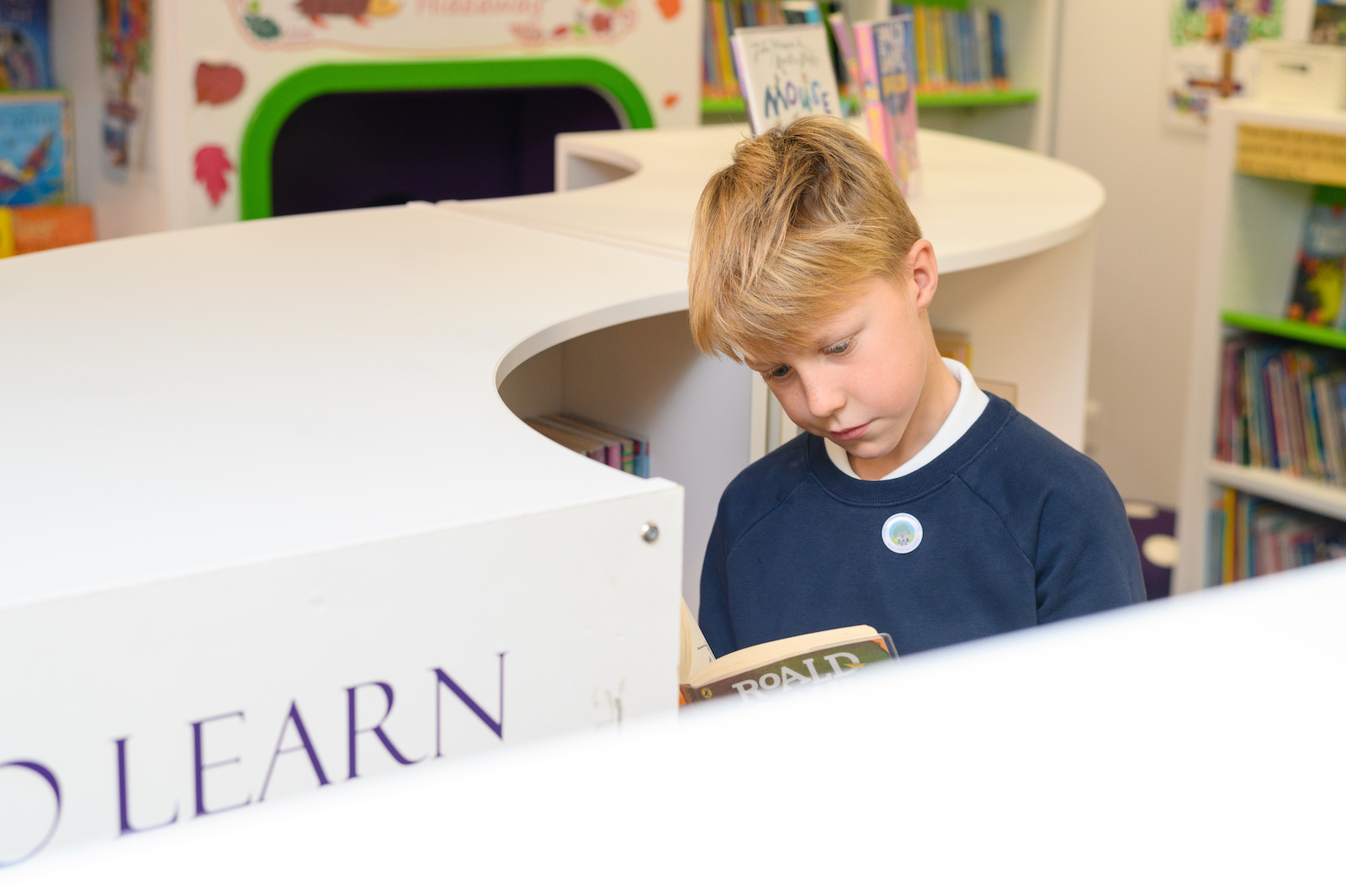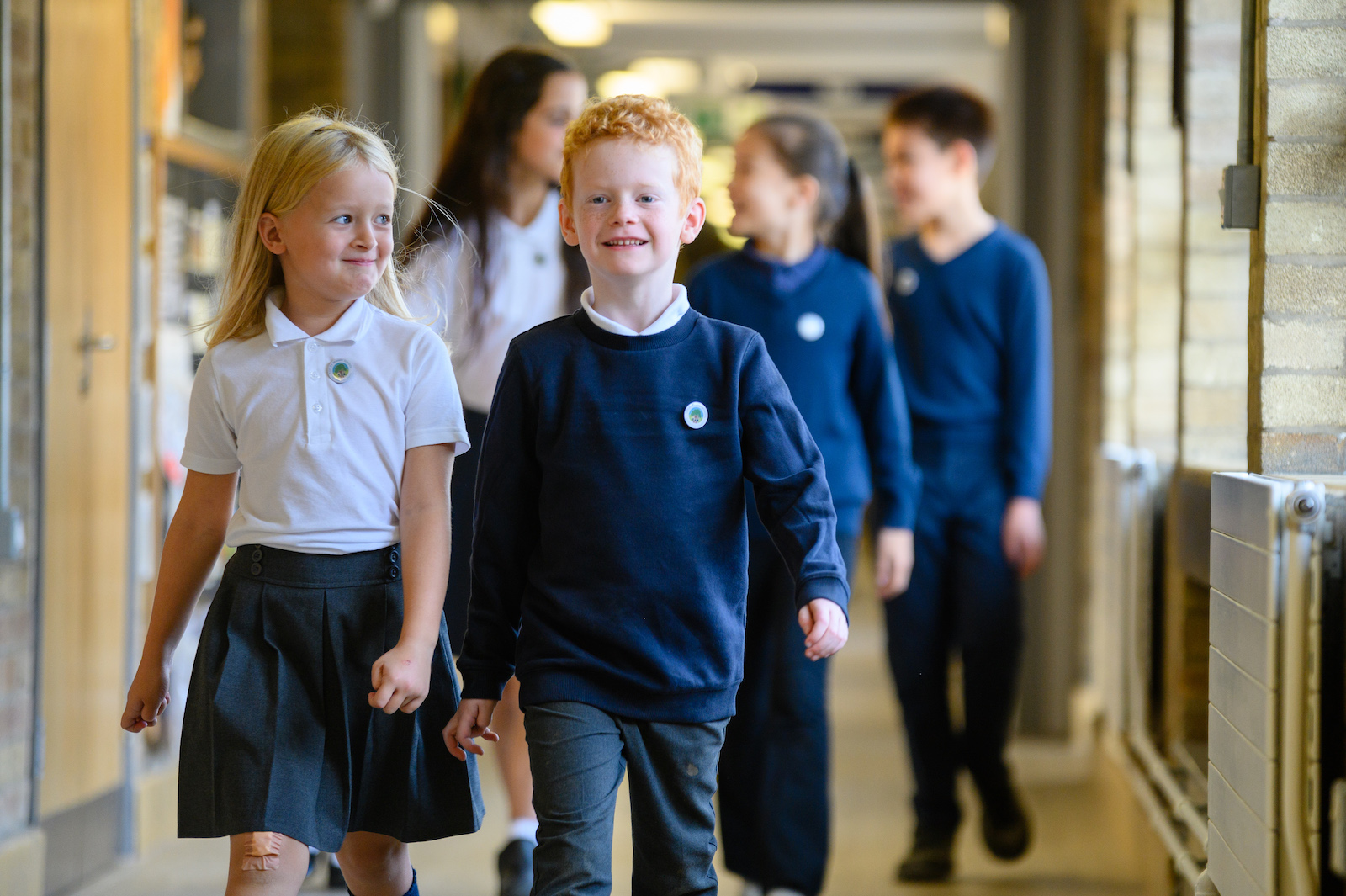English
Intent
- We want every child to be a fluent reader by the time they are 7. If not, they are given every effort to help catch up so that they can access an ambitious, broad, and balanced curriculum which is designed and delivered in a way to help them remember more.
- A tangible culture of reading resonates throughout the school.
To develop a curriculum which achieves the following:
- Instils a love of reading through story time, shared reading, reading-rich learning environments and the enjoyment of knowing and retelling stories.
- Ensures that every child (including those who are vulnerable, disadvantaged and those with SEND) is challenged and leaves as a confident, able (in fluency and comprehension) and passionate reader.
- Uses reading as vehicle for learning across the whole curriculum.
- Exposes children to a wide range of texts with different purposes, enabling them to develop their own opinions, engage in meaningful discussions, and build cultural understanding as informed citizens.
- Develops children's word reading skills systematically, with a strong foundation in phonics, fluency, and comprehension. Learning is carefully sequenced to ensure they become competent, confident, and enthusiastic readers.
Implementation
Reading Content and Sequence
- The National Curriculum underpins teaching and learning, dictating the content for reading.
- Systematic Synthetic Phonics is taught daily in EYFS and KS1, and in KS2 where appropriate, using the Read Write Inc. scheme.
- From the first day in Foundation Stage, children are taught to read using phonics. We follow the Read Write Inc Phonics programme.
- A rich variety of texts is used to provide children with a broad range of reading experiences.
- Fluency is a key focus, with lesson structures designed to systematically develop children's fluency skills.
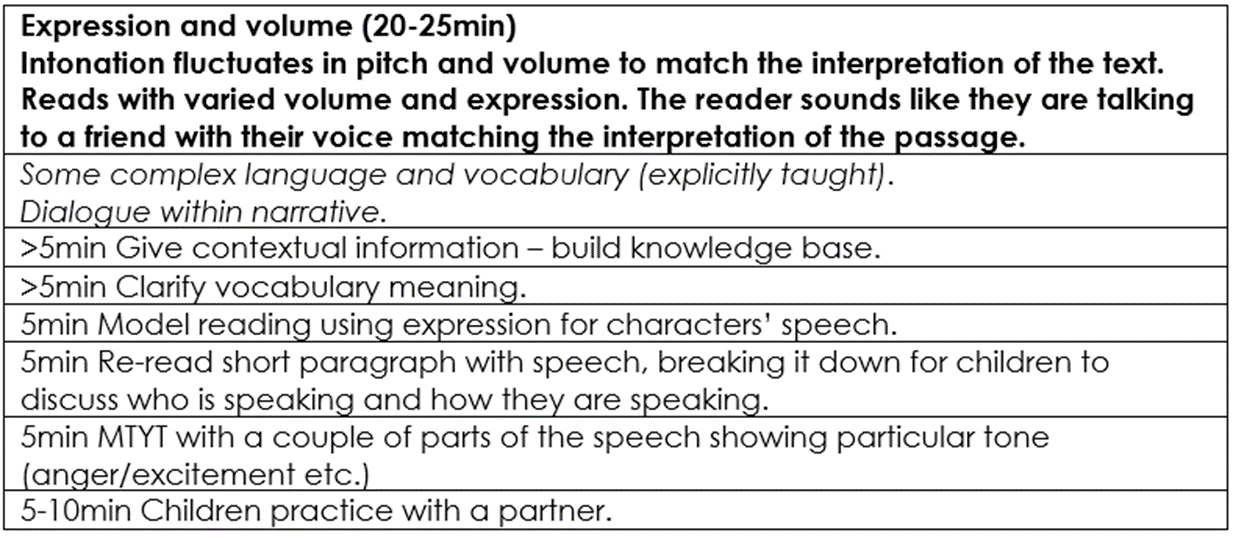
-
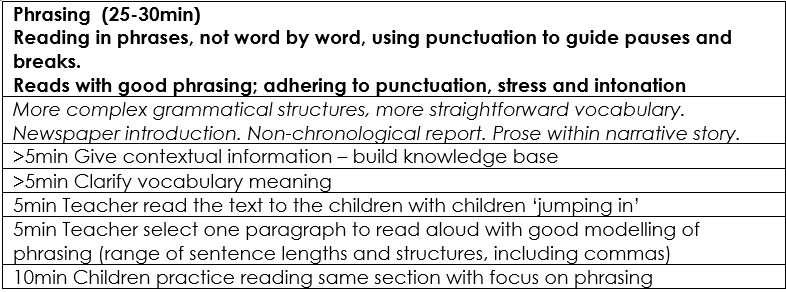
- The Reading Content and Sequence document supports planning, ensuring progression in key skills that are explicitly targeted in lessons.
- Meta-mates are used to plan reading instruction, helping children understand the skills they are applying and how to interpret questions and activities. Each week, a focus Meta-mate skill is taught. From the summer term of Year 2 onwards (through KS2), children progress through the stages of learning: acquire/refine, practise/apply, and extend/deepen.
- Interleaved learning is incorporated to provide opportunities for children to revisit and consolidate key skills.
- Children are exposed to a diverse range of texts to expand their knowledge across different areas, enhancing their cultural capital.
- As knowledge is fundamental to comprehension, lessons are designed to help children unlock meaning by making meaningful connections within texts.
- Vocabulary development is a priority, with lessons structured to maximize opportunities for children to analyse and expand their understanding of language.
Reading Teaching and Learning, Assessment and Feedback
- Reading is embedded across the curriculum, enabling children to gain knowledge in all subjects. This begins from the earliest stages in EYFS.
- Early reading is a priority, with regular opportunities for independent, shared, and modelled reading each week.
- Where gaps in reading are identified, targeted support is provided through same-day catch-up sessions and 1:1 tutoring using the Read Write Inc. (RWI) programme.
- Word reading and comprehension are taught as distinct skills, as outlined in the National Curriculum.
- Word reading is developed through phonics, morphology, etymology, and vocabulary exploration.
- Comprehension is taught using the Meta-mates approach, helping children understand and apply key reading skills. A weekly Meta-mate focus ensures consistency.
- Shared reading takes place daily through story time. Books are carefully selected to broaden children's reading experiences, with each year group following a set text list. These books are available in classroom reading areas.
- Children choose books to read independently for pleasure. They are guided to select texts at an appropriate level and are encouraged to take books home for independent reading.
- Read Write Inc. (RWI) sessions in FS2 and KS1 focus on phonics development and retrieval practice, ensuring strong foundations in early reading.
- Feedback is given in line with the Feedback Policy, using ‘Yippee Yellow’ and verbal feedback (VF). Children act on this feedback immediately.
- Summative and formative assessments are used for gap analysis, with additional support provided where needed.
Impact
- A tangible love of reading resonates throughout the school.
- Children can read and comprehend texts at an appropriate level, enabling them to access learning across the curriculum.
- Children write effectively with a clear sense of audience and purpose.
- Pupil voice highlights that Meta-mates help them break down learning and apply reading skills with confidence.
- Teachers have a deeper understanding of how to teach reading skills through the structured use of Meta-mates.
- Children develop a richer vocabulary and the ability to engage in meaningful discussions about books.
- As reading underpins all learning, the impact of the reading curriculum extends beyond statutory assessments. Children experience the magic of books, developing a deep love of literature across diverse genres, cultures, and styles.
- Children make strong progress through KS2, with attainment and progress well above national averages.
- Children leave school with a lifelong love of reading. Child voice suggests that the books they encounter at Totley inspire them to read beyond school.
- Every child leaves Totley Primary as a fluent reader, equipped with the knowledge and skills to access advanced texts in their next stage of education.
- Exposure to a wide range of texts enriches children’s knowledge, broadens their understanding and enhances their cultural capital.
Writing Intent
To develop a curriculum which achieves the following:
- Inspires and enables children to write passionately for purposeful outcomes.
- Immerses children in knowledge to apply in their writing so that they can present their ideas coherently.
- Allows children to be creative with their writing, using their own reading for models for writing.
- Cumulatively sequences the progression of knowledge and skills to enable children to build on prior learning so that they can produce writing for different purposes.
- Develops knowledge of a breadth of vocabulary which children can use effectively.
- Exposes children to high quality texts, developing knowledge about a wide range of subject areas, and giving them models for their own writing.
Implementation
Writing Content and Sequence
- The National Curriculum forms the basis of teaching and learning and dictates the curriculum content for writing at Totley Primary School.
- Learning is progressive. Each level of challenge builds on prior learning and extends thinking. In each Learning Journey, children learn components which then form a composite outcome. Within the component steps, children are given the opportunity to acquire/refine and practise/apply their learning.
- Opportunities are given for the children to write creatively, applying skills chosen by them.
- Outcomes are chosen which give the children a purpose for their writing.
- Key texts are used to determine the content of the Learning Journeys and writing is mostly linked to books that children have read.
- Learning over time is sequenced to ensure that children have an opportunity to revisit and practise objectives through interleaving.
- Children are taught using the Learning Journey, during which the children are taught through 7 phases: Immerse, WAGOLL, Launch point, Toolkit, PIP, Edit and Check.
- Learning Journeys are planned to allow children to build on their knowledge from wider curriculum subjects and transfer this into their writing.
- Grammar objectives are taught as components as part of the Learning Journey as well as discretely when appropriate.
- Children progress at their individual pace, and there are greater depth objectives and writing opportunities planned for all children who are secure within the expected objectives within the Learning Journey.
- Vocabulary is a focus and lessons are planned to provide maximum opportunities for children to develop their knowledge and effective application of vocabulary.
Writing Teaching and Learning, Assessment and Feedback
- Lessons are part of a journey. Children understand that lessons are cumulative and there is a clear sequence in place in order for children to be aware of how they are progressing through the journey in order to produce their very best outcome.
- Formative assessment is used constantly in order to determine children’s starting points, to address misconceptions and to challenge children appropriately each lesson.
- Feedback is given in line with the Feedback Policy. Children are given live feedback through yippee yellow and VF. Children are then given the opportunity to respond to this at the same point in time.
- Children’s starting points each lesson are decided upon based upon prior learning and teacher assessment.
- Scaffolding is in place for children to enable them to access the tools they need each lesson through teacher or teaching assistant support, learning walls and spelling, vocabulary and skills mats. When children have gaps in their knowledge, tailored additional provision is planned for.
- Children are given the opportunity to think through and write their ideas down before learning new skills. This reduces cognitive overload when children compose texts during the PIP phase.
- Children’s writing outcomes are also used for formative and summative assessment. Next steps for individuals or the whole class are identified, and planning is amended in response to this.
Impact
- Nearly every child is an accurate and effective writer for their age, who can write for a range of audiences and purposes.
- Children write purposefully. They feel a sense of pride about their writing, which has been crafted by them using the knowledge and skills taught.
- Children of all abilities, and from all backgrounds, those who are disadvantaged, and those with SEND achieve well in lessons.
- Attainment outcomes are high. Nearly every child achieves the expected standard in reading and writing by the end of Key Stage 2. A high percentage of children reach greater depth within the standard in reading, grammar, punctuation and spelling, and writing.
- Average progress is well-above average, with children exceeding national expectations for expected progress.
- Children see themselves as writers.
- Children leave with a deep understanding of how to write grammatically accurately.
- Children leave Totley Primary with a breadth of vocabulary knowledge which is used within spoken English and their writing.
Oracy
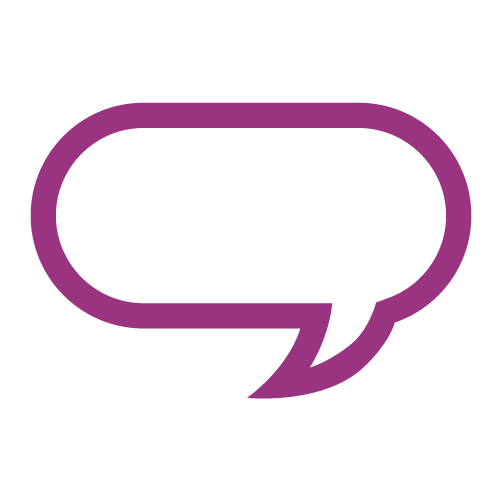
Spoken language underpins the development of reading and writing, and oracy is a key driver in our curriculum.
We aim to do the following:
- Develop talk through children’s back-and-forth interactions from the earliest stages of school.
- Teach children how to express their ideas and opinions effectively to others.
- Develop children to become confident and effective communicators and speakers for a range of purposes and audiences.
- Develop a breadth of vocabulary knowledge so that children make considered choices about how they verbalise their thoughts.
- Ensure that children have the ability to structure their ideas to verbalise them effectively.
We teach a range of skills that will enable children to develop their speaking, through the following strands: physical, linguistic, cognitive and social emotional.
Opportunities for children to be taught and develop their oracy skills have been mapped out. A coverage map ensures that the strands are woven through the curriculum and purposeful activities are selected to enable children to develop their skills through these. Some examples of these include the following: KS2 performances, Poet Laureate competitions, House Captain Election speeches and celebration assembly public speaking.
Teachers use strategies which develop children’s oracy skills within classroom environments (such as, ‘Say it again, better’ and ‘ABC’.)
Teaching staff set high expectations and model the correct use of oracy and when appropriate, Standard English for our children.
Language structures are used consistently within all curriculum areas to support children to articulate their ideas. Here is an example of the language structures used in upper key stage two: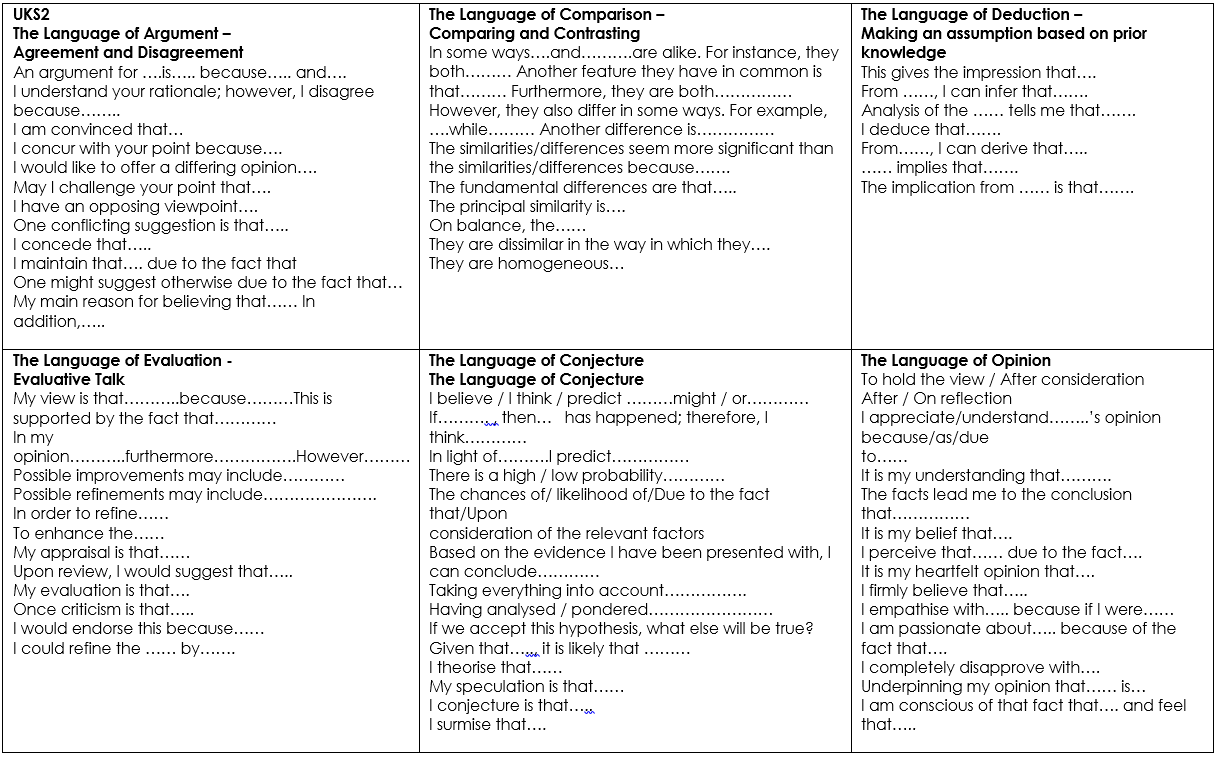
Listening Ladders are used throughout school to ensure that children understand how to be a good listener.
Continuous professional development has helped our drive to embed oracy across the curriculum and ensure staff are confident to maximise opportunities within their classrooms.

